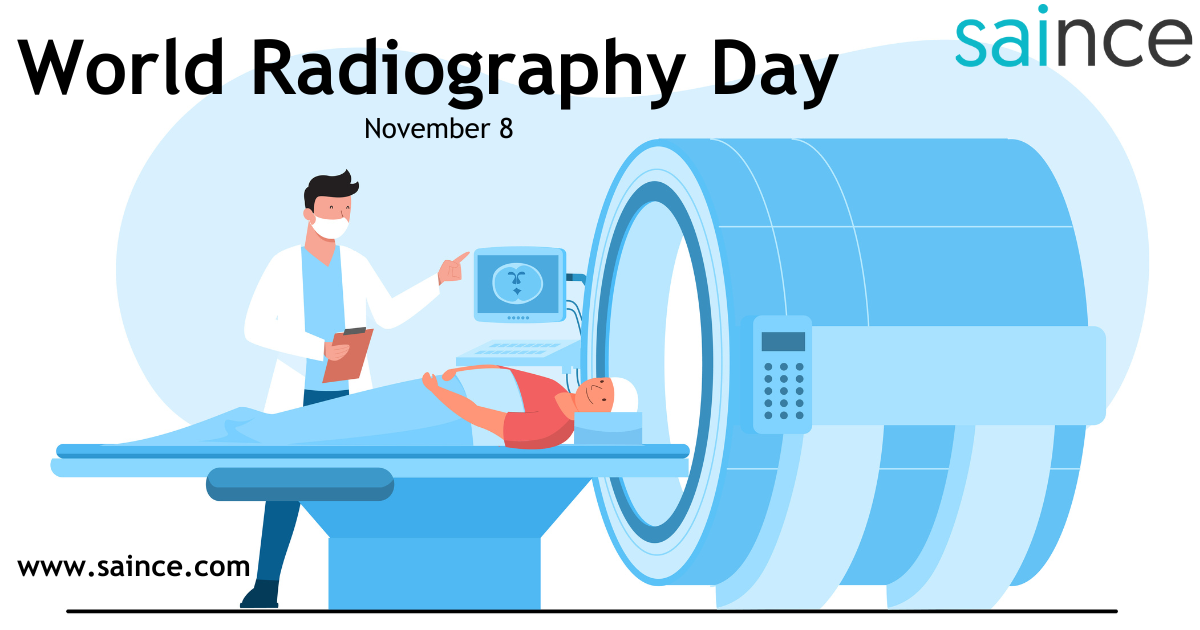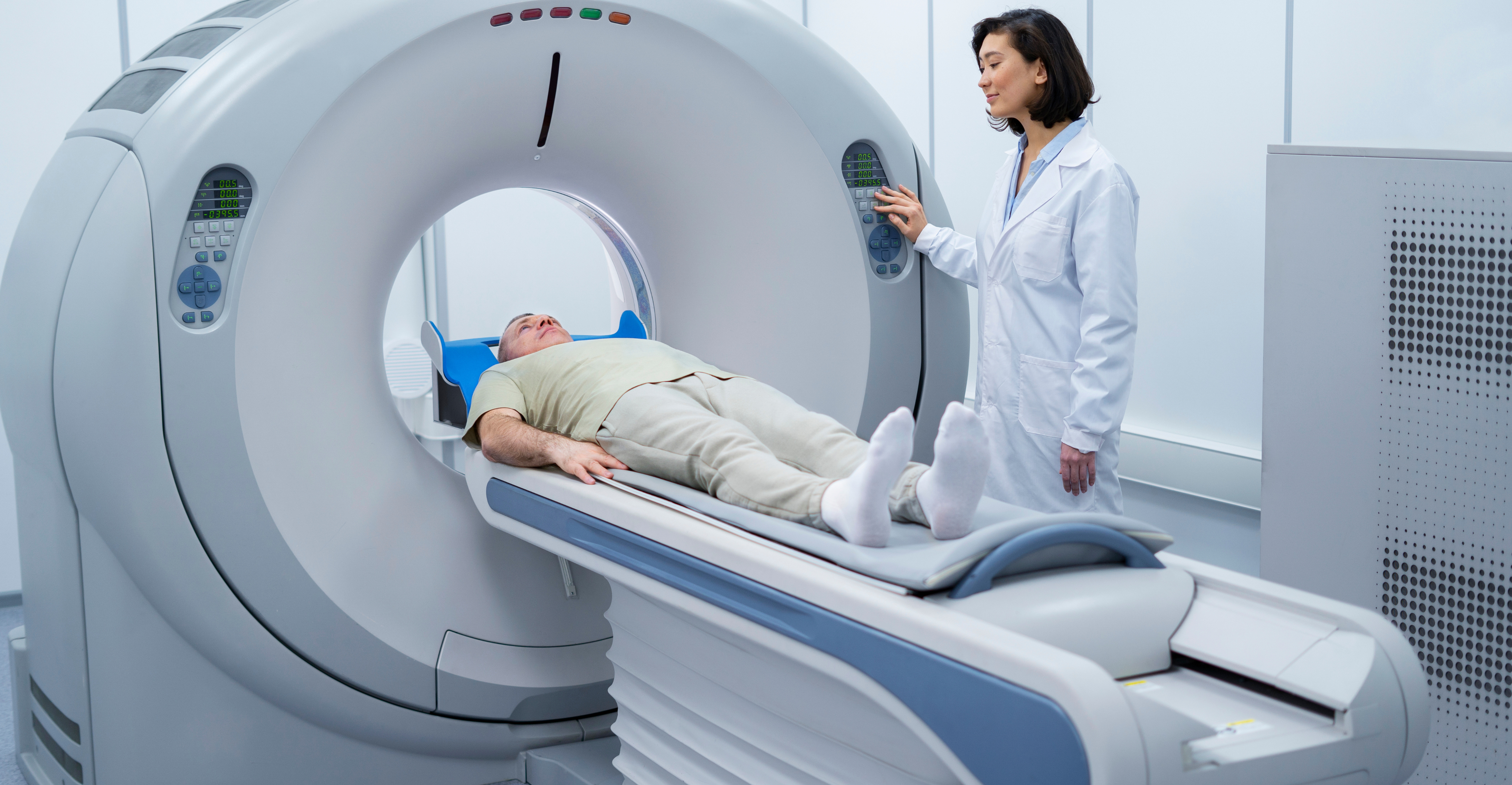Unlocking the Power of World Radiography Day: A Glimpse into Medical Imaging
Every year on November 8th, the world comes together to celebrate World Radiography Day. This special day serves as a tribute to the pioneering work of Wilhelm Conrad Roentgen, who discovered X-rays in 1895. But it is not just a commemoration of history; it is a recognition of the essential role that radiography and medical imaging play in modern healthcare.
The Invisible Heroes
Radiographers are the unsung heroes of the medical world. They work behind the scenes, capturing images that reveal the hidden mysteries within the human body. When we talk about healthcare, we often focus on doctors, nurses, and surgeons, but it’s the radiologic technologists and professionals who help diagnose and guide treatments. These individuals operate the sophisticated machinery, ensuring that every image is precise and informative.
The Power of Imaging
Medical imaging has revolutionized the practice of medicine. It provides a non-invasive way to look inside the body, enabling early detection of diseases, accurate diagnoses, and precise treatment planning. Radiography encompasses various imaging modalities, including X-rays, computed tomography (CT) scans, magnetic resonance imaging (MRI), ultrasound, and nuclear medicine. Each modality has its unique strengths, allowing healthcare providers to choose the most appropriate one for each clinical scenario.
Diagnosis and Beyond
Radiography is not limited to disease diagnosis alone. It plays a pivotal role in a wide range of medical specialties. In cardiology, it helps assess the condition of the heart and blood vessels. In oncology, it aids in tumor detection and monitoring treatment responses. Orthopedics relies on imaging to evaluate bone and joint conditions, and in obstetrics, ultrasounds provide invaluable insights into fetal development.
Safety First
World Radiography Day also serves as a reminder of the importance of safety in medical imaging. Radiologic technologists are trained to minimize radiation exposure while obtaining the necessary diagnostic information. Strict protocols and guidelines are in place to ensure the well-being of both patients and healthcare professionals. Advances in technology continue to reduce radiation doses, making imaging safer than ever before.
The Future of Radiography
As technology advances, so does the field of radiography. 3D imaging, artificial intelligence, and telemedicine are changing the landscape of medical imaging. These innovations promise even more accurate diagnoses and quicker access to care for patients around the world.
On World Radiography Day, it is crucial to acknowledge and appreciate the dedication, skill, and knowledge of the professionals who make medical imaging possible. They are the ones who turn invisible information into valuable insights for better patient outcomes.
In conclusion, World Radiography Day is a day to celebrate the silent heroes who use the power of technology to save lives and improve healthcare. It reminds us of the incredible strides made in the field of radiography and the promise of an even more advanced and efficient future. So, on this day, let us extend our gratitude to all the radiographers and radiologic technologists who contribute to the well-being of people worldwide.


